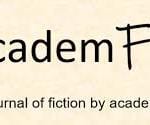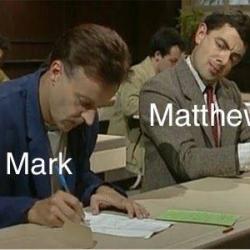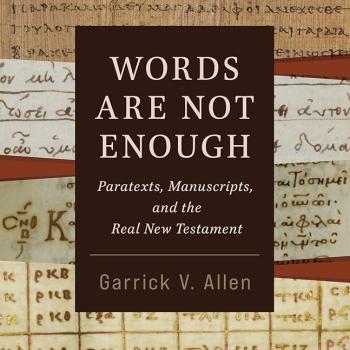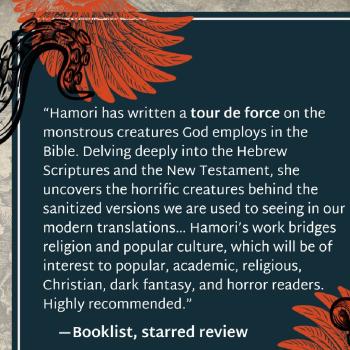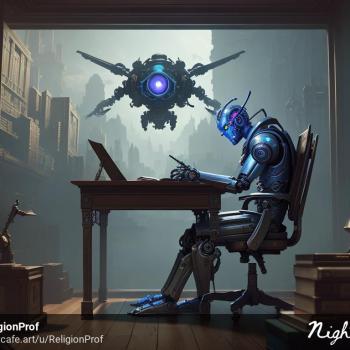I am delighted to have good news to share that our local academic library consortium PALNI, the Private Academic Library Network of Indiana, has awarded me a grant to support development of the resource I’ve mentioned previously, the creation of a digital textbook on the Bible and music. This is part of their PALSave initiative, generously funded by the Lilly Endowment.
There are so many reasons this has the potential to be something great, but the biggest for me is the integration in a free resource of text and music to enhance learning at the intersection of the two – whether that’s the intersection of the biblical text with music, or the intersection of the text that I’ll write with the musical settings that I discuss.
One of the biggest challenges to making that work is finding music that can be embedded legally and which can be relied on to remain available. There is a lot more on YouTube than ought to be on YouTube, and even legal material shared online can be transient in character.
I’d also love to make audiobook/video versions of the textbook that integrate the music and text. In many courses, YouTube videos are taking the place that the traditional textbook and/or lecture had. I think having this resource eventually be available in multimedia formats will add value to it.
I’ve been compiling a document (better call it what it is – an information dump) with musical settings of biblical texts that come to my attention. I’m wondering whether there would be any value in sharing that in a separate blog post. Eventually I plan to incorporate that kind of list of works as part of the resource, as a kind of “for further listening.” There’s no way it can be comprehensive, and so the biggest question is whether it should be limited to just works that are less well-known, or ones that are especially interesting in my opinion. We’ll see. Another great thing about an open textbook is that other educators who want to use parts of it but want to substitute material on other works that I don’t focus on will be able to do so. This flexibility will, I hope, likewise add to the value of the work.
I’ll be writing more about this as work on the project progresses. For now, let me simply share a few more of the many compositions that I’ve become aware of since teaching this course.
Thomas Lloyd has a helpful listener’s guide to Cesar Franck’s piece “The Beatitudes.” Guillaume Lekeu’s instrumental exploration of words of Christ (“Mon âme est triste jusqu’à la mort”) is very interesting as an example of music without words as a form of biblical interpretation.
Below are two blog posts by composer Forrest Pierce about works that intersect with the Bible:
Since the Magnificat is Mary’s song, let me also include this work inspired by an icon of Mary, with a vocal part that reflects that:
https://theviolinchannel.com/new-music-tuesday-composer-aleksandra-vrebalov-antennae-a-fragment-kronos-quartet/
For more on the icon that inspired the work, see the Cleveland Art Magazine. For more from the composer of that work, Serbian composer Aleksandra Vrebalov, see the freely shared version of her opera Abraham in Flames.
Here’s D. S. Bortnyansky’s Choral Concerto a cappella No.31 (Psalm 47):
The Society for Christian Scholarship in Music has a blog with interesting resources and information.
See also the previous post on my own blog that I mentioned earlier, not to mention the numerous blog posts I’ve shared about the Bible and music over recent years!
Also relevant:
https://www.thetechedvocate.org/turning-challenges-into-opportunities-with-open-educational-resources/



